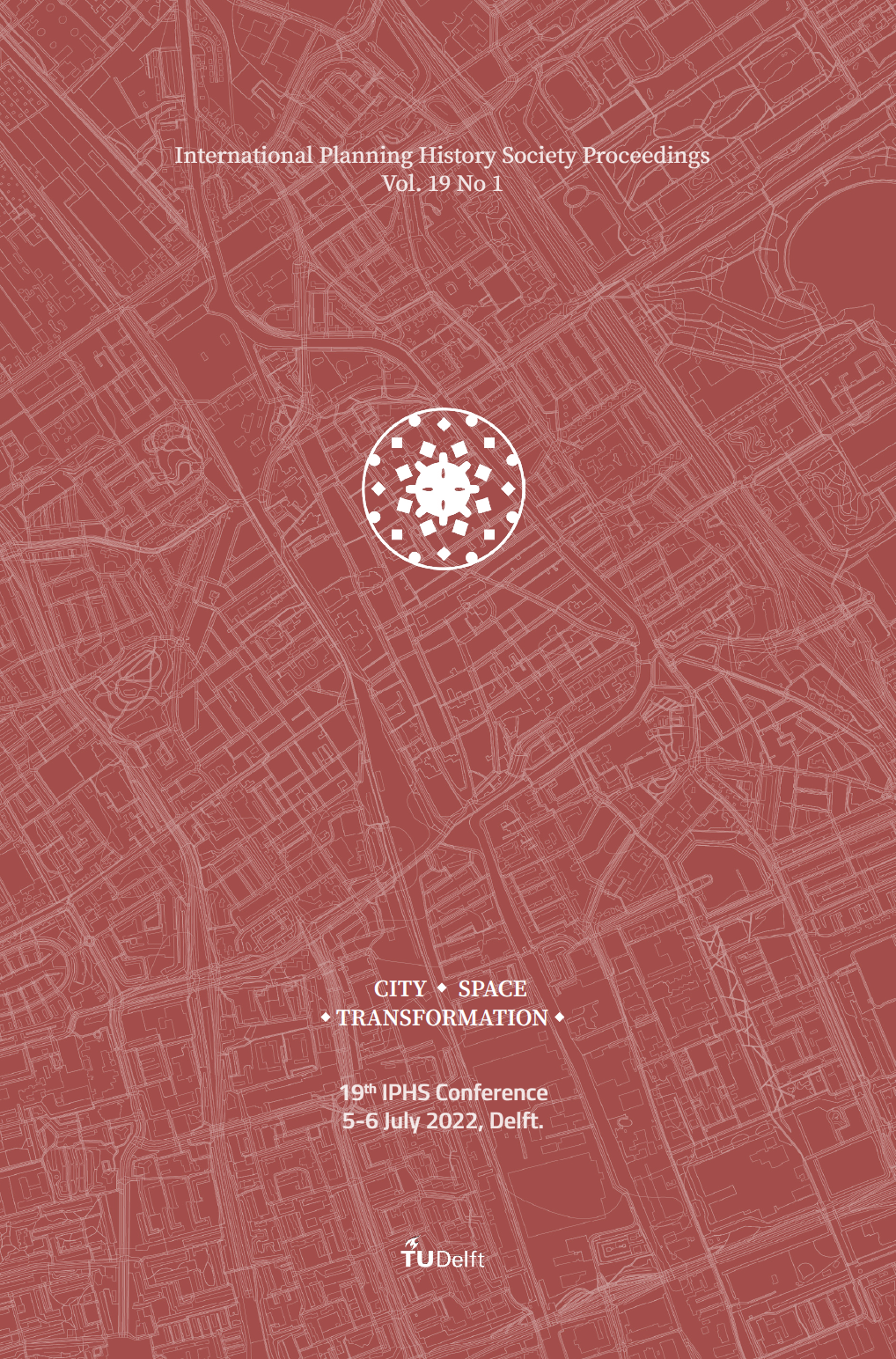Youngstown’s Crandall Park
An Interwar Speculative Neighbourhood and Stability in a Landscape of Boom and Bust
DOI:
https://doi.org/10.7480/iphs.2022.1.6500Abstract
Youngstown, Ohio, a small U.S. city midway between Cleveland and Pittsburgh, saw an unprecedented increase in population between the World Wars due to industrial development. In the 1910s, the city busily prepared for expansion, and the Realty and Guarantee Trust Company, local government, and a handful of rural landowners prepared for the development of a new suburb for the entrepreneurial elite and upwardly mobile to the north. The neighbourhood of Crandall Park, anchored by an eponymous park, took form based on a handful of public/private agreements and some boilerplate deed covenants. Within this framework, private clients hired various contractors and architects to create a great variety of houses in terms of style, type, and size. Though only a loosely planned speculative venture, Crandall Park had become one of Youngstown’s most desirable neighbourhoods by the Great Depression. With the departure of the steel mills in the late 1970s, Youngstown’s landscape changed drastically. The city depopulated, and its demographics shifted, yet the fabric of Crandall Park is notably intact. This paper proposes certain of Crandall Park’s qualities brought about by its Interwar inception (particularly as related to diversity and variety) have allowed it to remain a stable presence on Youngstown’s landscape.
Downloads
Published
How to Cite
Issue
Section
License
Copyright (c) 2022 Johnathan Farris

This work is licensed under a Creative Commons Attribution 4.0 International License.

